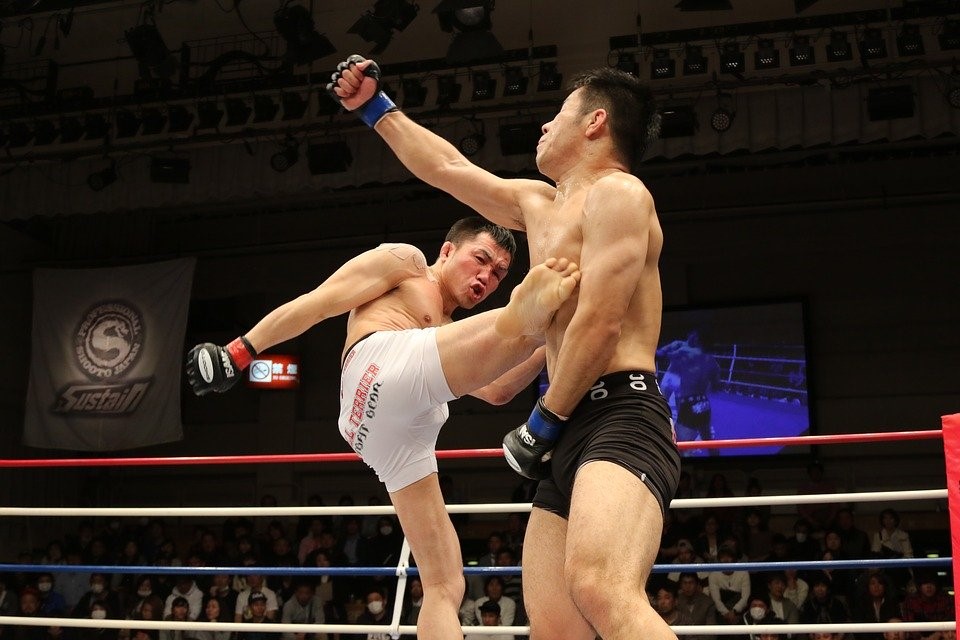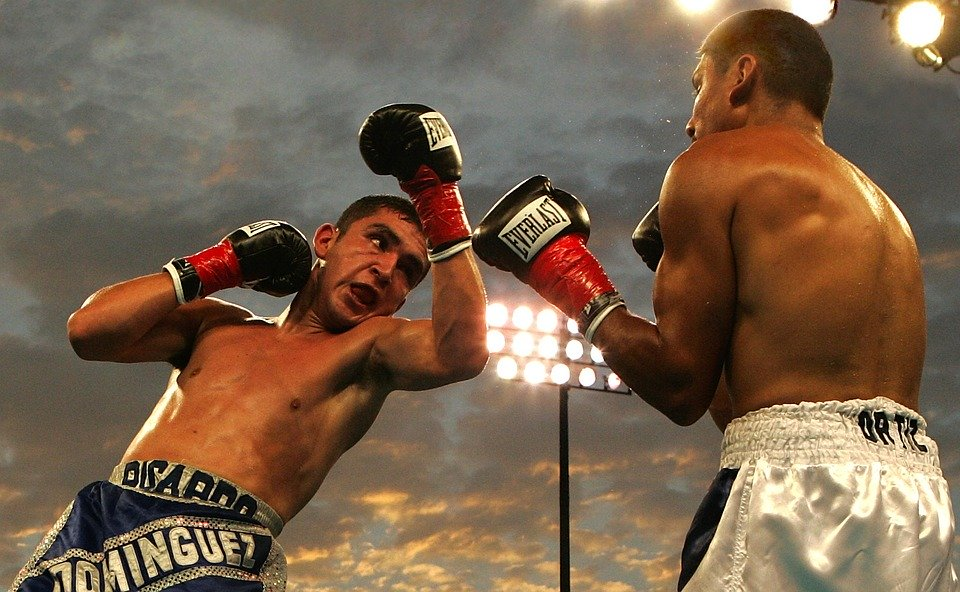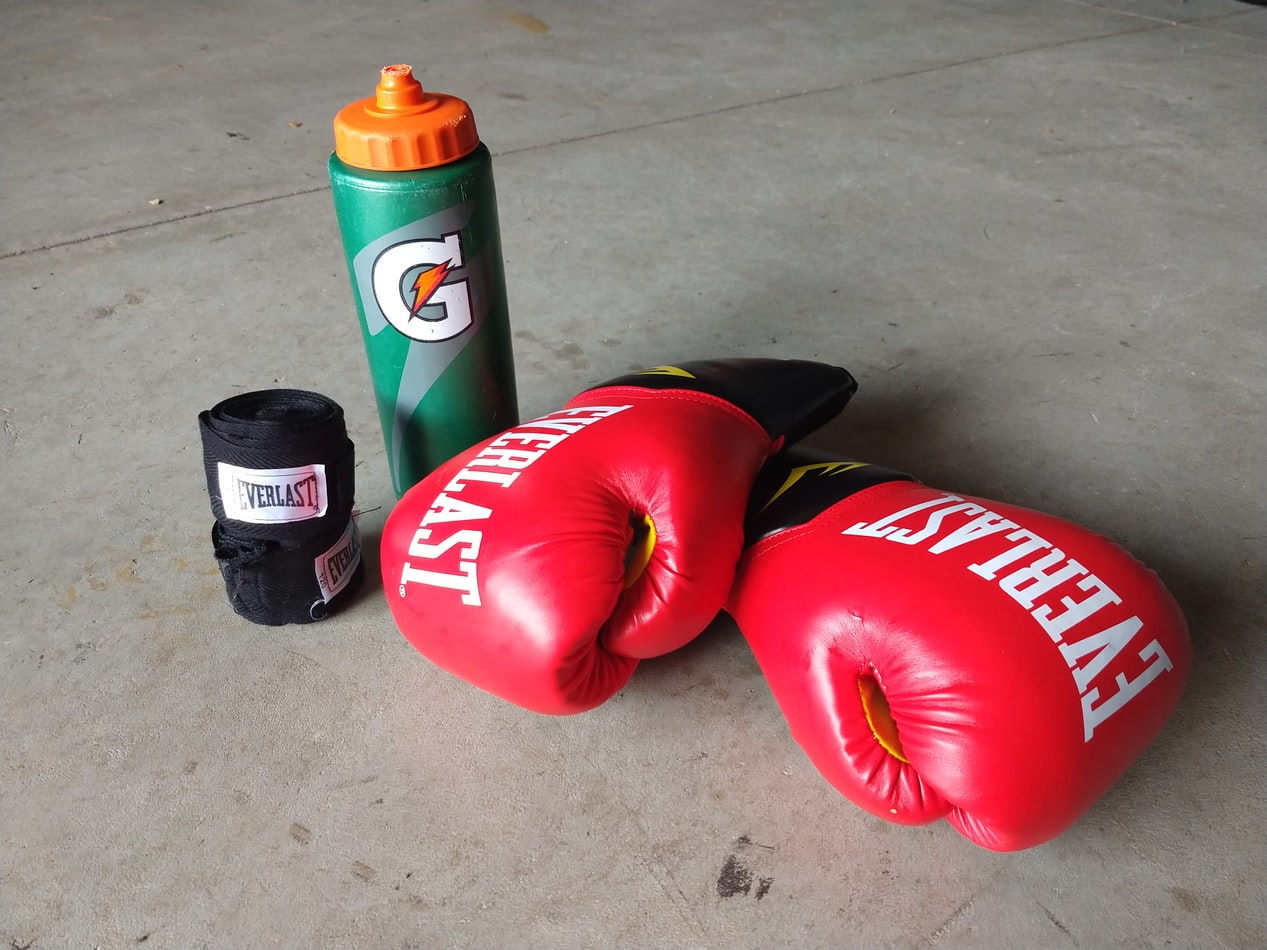You may have been an MMA fan for many years. And like myself, you may be perfectly fine with being just a fan, following your favorite fighters in their conquests from the comfort of your living room couch. But there are some fans who may yearn to strap on a set of gloves, tuck in a mouthpiece, and step into the cage themselves – as a professional MMA fighter. But what does it take to become a pro in this strenuous and often chaotic sport? Read on to find out.
A background in martial arts
MMA stands for ‘Mixed Martial Arts’ – as the name suggests, the sport is a mixture of various martial arts and combat sports. To succeed in MMA, at a minimum you need a base art which specializes in grappling (e.g, wrestling, judo, or Brazilian Jiu-Jitsu) and another art which specializes in striking (boxing, karate, Muay Thai just to name a few). Of course the most successful pros have years of experience in multiple arts. For example, Anderson Silva – widely considered as one of the greatest fighters in the short history of the sport – has a background in Taekwondo, Muay Thai, and boxing, along with Brazilian Jiu Jitsu. But quality matters more than quantity; once you’ve mastered your striking and grappling base, you can explore other arts and bring in the best elements of each system into your unique fighting style. The arts most fitting for MMA are the ones where participants do live sparring with each other, as merely doing katas does not prepare one to fight a resisting opponent. To date, wrestling and BJJ have been the most successful grappling base arts for MMA, while boxing and Muay Thai are among the top striking bases.



















